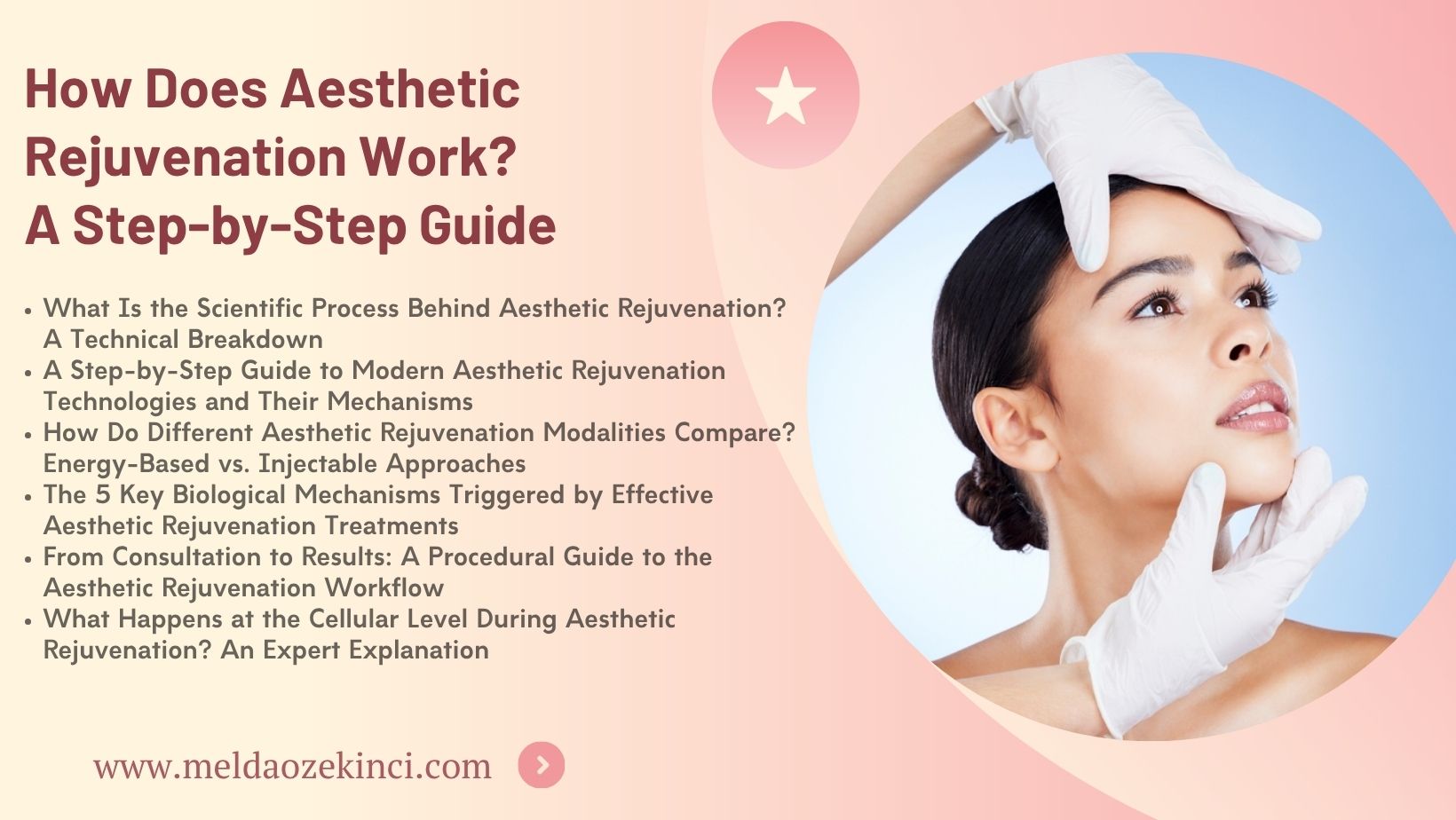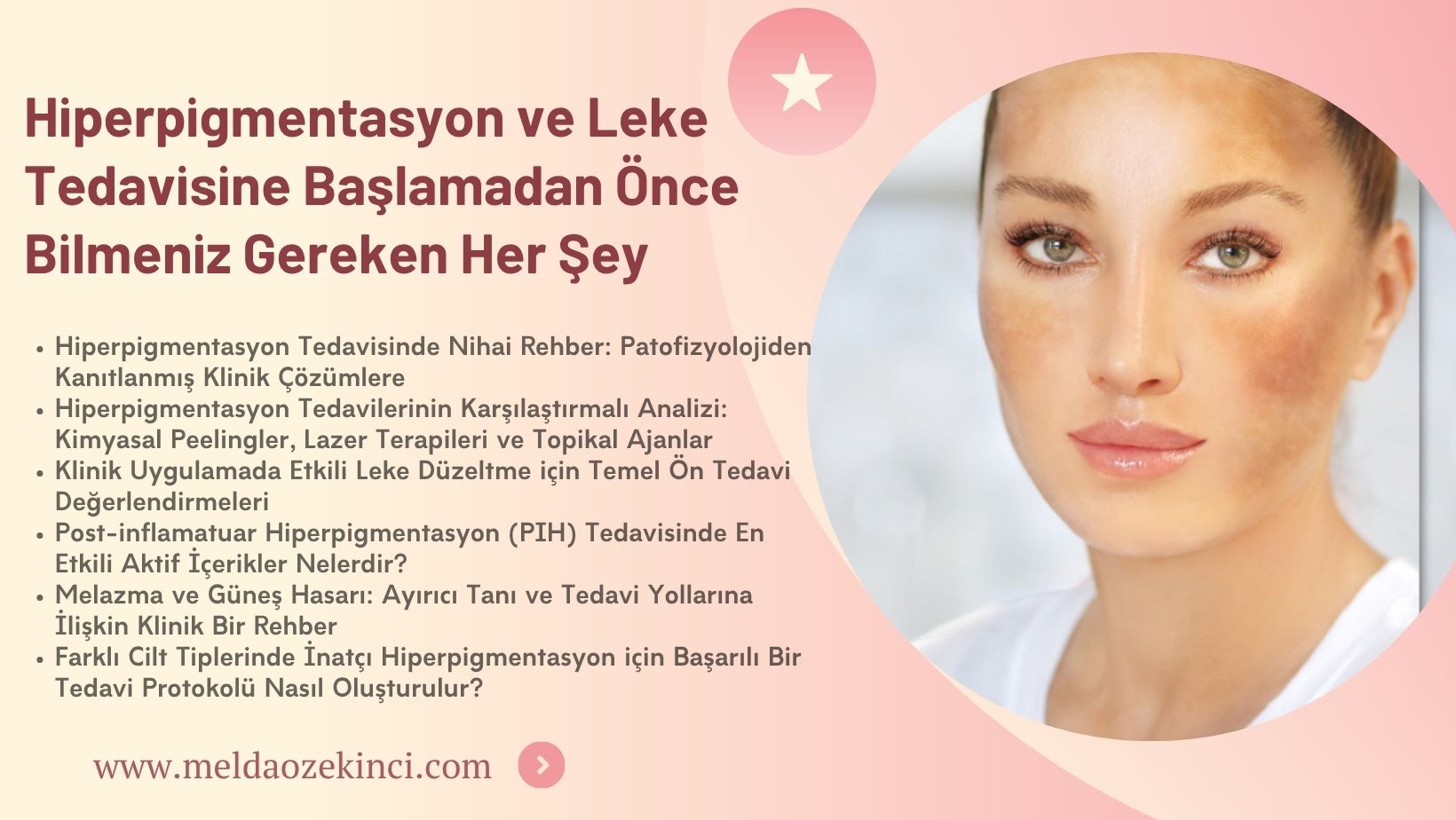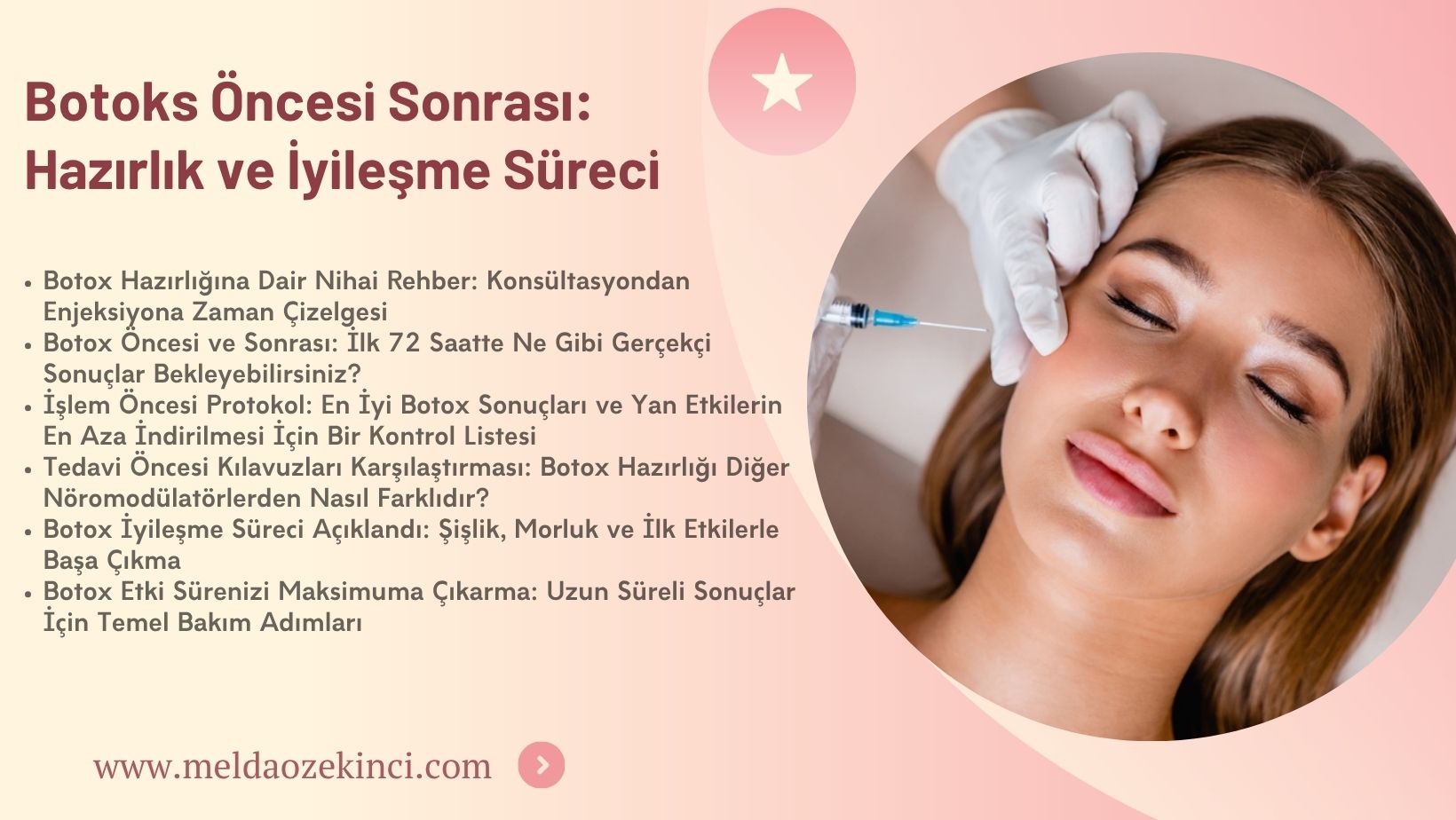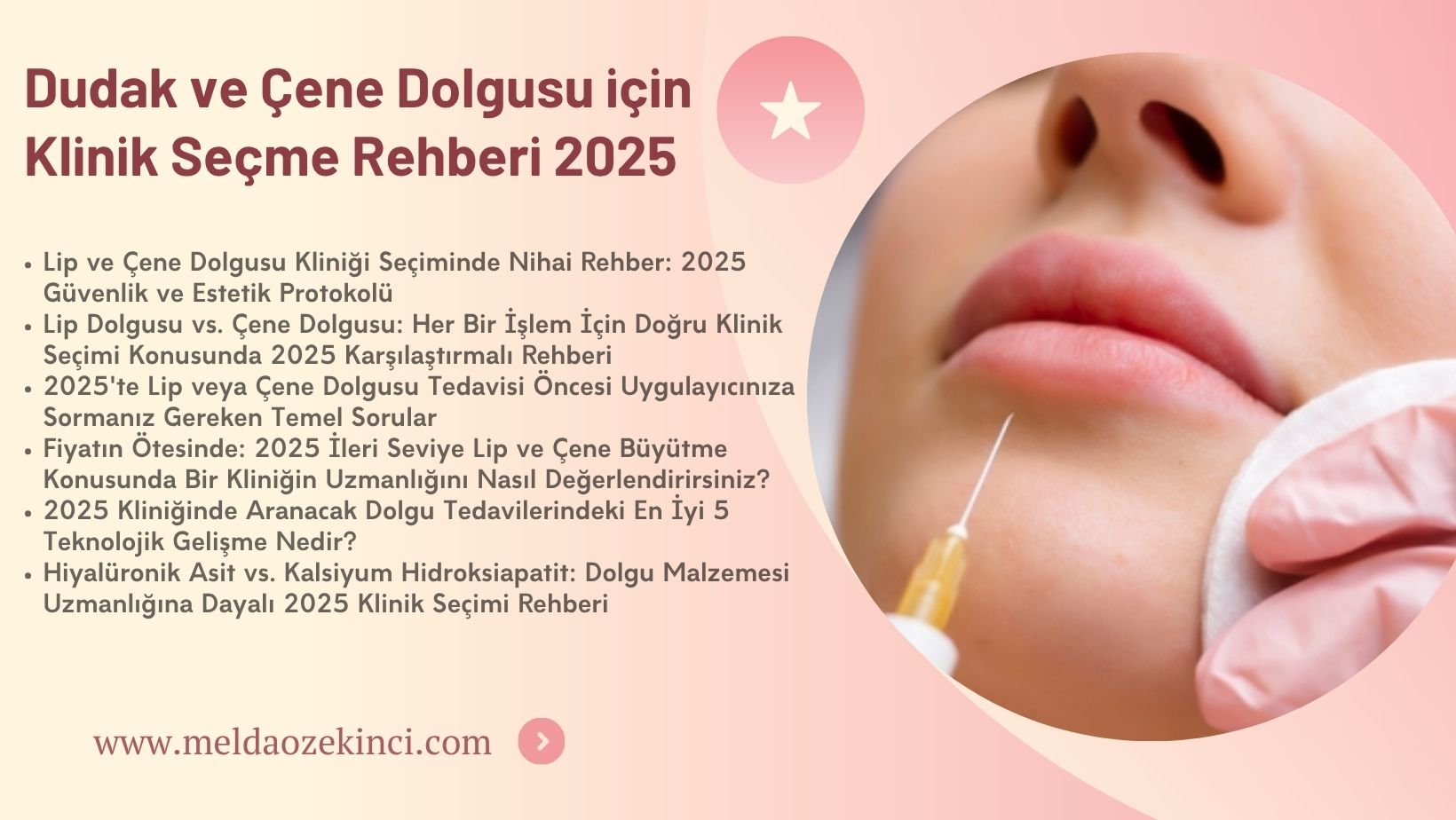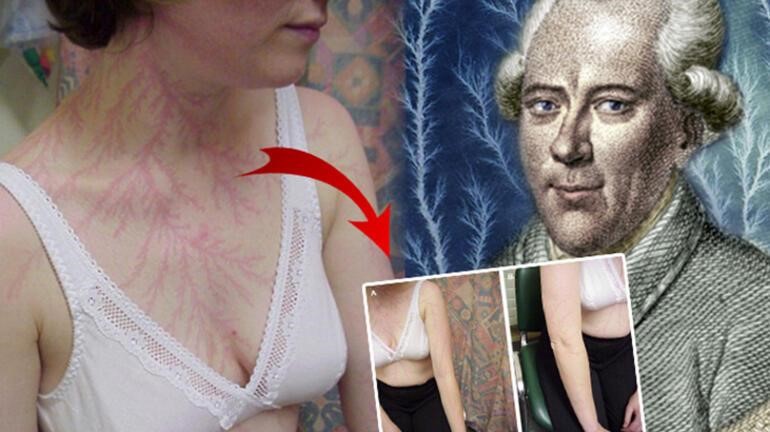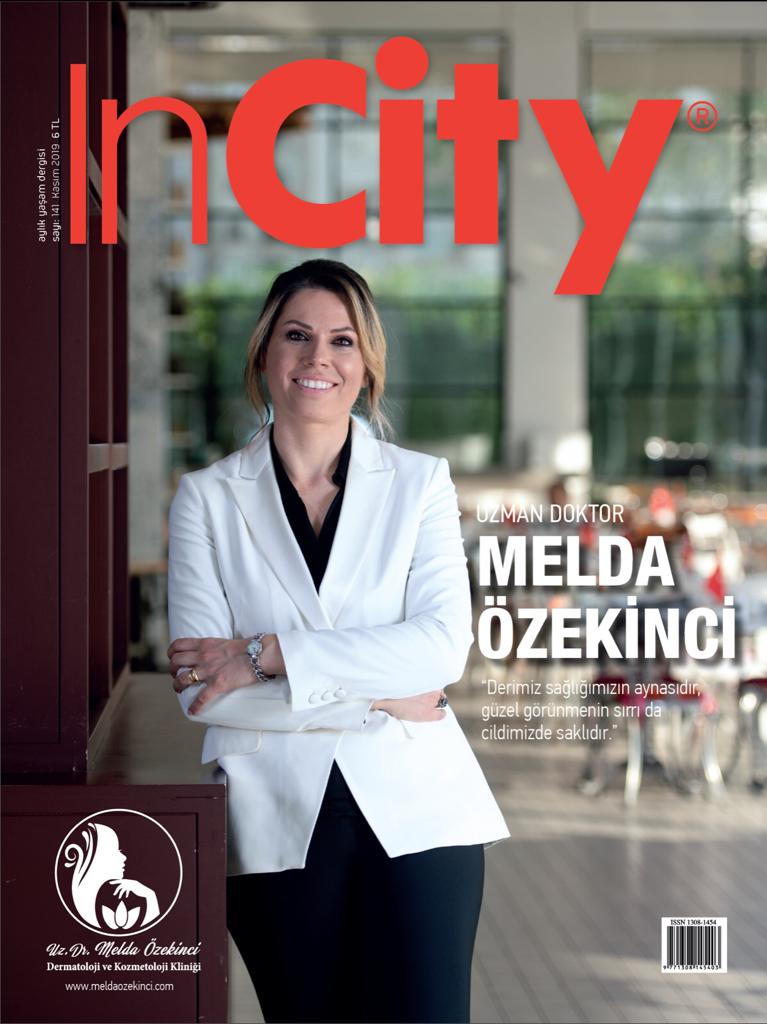Table of Contents
- What Is the Scientific Process Behind Aesthetic Rejuvenation? A Technical Breakdown
- A Step-by-Step Guide to Modern Aesthetic Rejuvenation Technologies and Their Mechanisms
- How Do Different Aesthetic Rejuvenation Modalities Compare? Energy-Based vs. Injectable Approaches
- The 5 Key Biological Mechanisms Triggered by Effective Aesthetic Rejuvenation Treatments
- From Consultation to Results: A Procedural Guide to the Aesthetic Rejuvenation Workflow
- What Happens at the Cellular Level During Aesthetic Rejuvenation? An Expert Explanation
What Is the Scientific Process Behind Aesthetic Rejuvenation? A Technical Breakdown
The scientific process behind aesthetic rejuvenation is fundamentally an engineering challenge, applying principles of biomechanics and material science to biological tissues. The core objective is to induce a controlled, sub-clinical injury to the skin's layers, triggering the body's innate wound healing response. This cascade of cellular events is the engine of true rejuvenation, leading to neocollagenesis and the restoration of structural proteins.
Different technologies achieve this controlled injury through distinct energy delivery systems. Laser and light-based devices, for instance, rely on the principle of selective photothermolysis, where specific wavelengths of light are absorbed by chromophores like water or melanin, generating precise thermal damage. Radiofrequency technologies, conversely, cause volumetric heating by the resistance of tissue to an electrical current, promoting collagen contraction and remodeling.
The efficacy and safety profile of any aesthetic device are dictated by its technical parameters. For product managers, understanding variables such as fluence, pulse duration, and penetration depth is critical. These parameters must be meticulously calibrated to balance efficacy with patient comfort and safety, avoiding excessive thermal damage while ensuring a sufficient biological stimulus. As noted by Dermatoloji Uzmanı Doktor Melda Özekinci, the precision of these settings is what separates advanced medical devices from less effective alternatives.
From a commercial perspective, the most successful platforms offer versatility through modular application handpieces. A single console capable of addressing various indications—from vascular lesions to skin tightening—represents a superior return on investment for clinics. This multi-functionality is achieved by engineering different handpieces that alter the energy's characteristics, enabling targeted treatments for diverse patient concerns.
The ultimate measure of a device's success is the quality and predictability of the clinical outcomes. Industrial engineers must design for reliability and repeatability, ensuring each treatment delivers consistent energy output. This technical reliability, combined with an intuitive user interface, minimizes operator error and maximizes patient satisfaction, which is the cornerstone of a thriving aesthetic practice and strong commercial performance in a competitive market.
A Step-by-Step Guide to Modern Aesthetic Rejuvenation Technologies and Their Mechanisms
The industrial development of modern aesthetic rejuvenation technologies represents a significant convergence of biomedical engineering, material science, and advanced energy delivery systems. A comprehensive understanding of these mechanisms of action is paramount for product managers overseeing the lifecycle of medical devices. The core principle involves controlled, sub-ablative thermal injury to dermal tissues, which initiates a complex wound healing response that stimulates neocollagenesis and tissue remodeling.
From an engineering perspective, the efficacy of these systems hinges on precise energy delivery parameters. Technologies such as fractional lasers, radiofrequency, and intense pulsed light platforms each utilize distinct methodologies. Fractional lasers create microscopic treatment zones, leaving surrounding tissue intact for rapid healing, while radiofrequency targets tissue resistance to generate volumetric heating. The commercial success of a device is directly linked to its ability to offer a favorable therapeutic ratio, maximizing clinical outcomes while minimizing patient downtime and adverse effects.
Product differentiation in this competitive market is increasingly driven by integrated real-time monitoring and cooling systems. These features are critical for safety and reproducibility, allowing for consistent application across varying skin types and anatomical regions. As noted by Dermatoloji Uzmanı Doktor Melda Özekinci, the precision of these treatment protocols is what separates advanced medical aesthetics from consumer-grade alternatives, underscoring the importance of robust clinical validation.
The commercial strategy must also account for the complete treatment protocols, which often involve a multi-modal approach. Combining technologies that target different depths and chromophores can achieve synergistic effects, a key selling point for clinical practices. For industrial engineers, this necessitates designing platforms with modular capabilities or compatibility, enabling a versatile treatment portfolio from a single capital investment.
The market viability of an aesthetic technology platform depends on a clear value proposition that encompasses not only technical superiority but also operational efficiency and a strong return on investment for the clinic. This requires a product roadmap that anticipates future regulatory landscapes and consumer demands for minimally invasive procedures with natural, long-lasting results. The integration of data analytics for outcome tracking is becoming a standard expectation, further blurring the lines between medical device and digital health solution.
How Do Different Aesthetic Rejuvenation Modalities Compare? Energy-Based vs. Injectable Approaches
The aesthetic rejuvenation market is a high-growth sector driven by sophisticated biotechnology platforms, primarily segmented into energy-based devices and injectable solutions. For industrial engineers and product managers, understanding the core mechanism of action of each modality is critical for strategic development and positioning.
Energy-based devices, including lasers, radiofrequency, and intense pulsed light systems, operate on the principle of controlled thermal injury. Their primary mechanism of action involves delivering specific energy wavelengths to target tissues, stimulating neocollagenesis and tissue remodeling for outcomes like skin tightening and pigment correction. A key commercial consideration is the treatment protocol, which often requires multiple sessions and significant capital investment in equipment, impacting clinic workflow and patient acquisition costs.
Injectable approaches, such as neuromodulators and dermal fillers, offer a fundamentally different value proposition. These products provide immediate, highly customizable results by physically filling wrinkles or relaxing dynamic muscles. The treatment protocol is typically a single office visit, favoring a high-volume business model. However, this modality demands exceptional practitioner skill, as noted by Dermatoloji Uzmanı Doktor Melda Özekinci, emphasizing that outcomes are directly tied to precise injection techniques and an understanding of facial anatomy.
From a product lifecycle perspective, the durability of results is a pivotal differentiator. Injectable results are immediate but temporary, necessitating repeat business, while the results from energy-based treatments emerge gradually but can offer longer-lasting structural improvement. This creates distinct patient journey maps and revenue streams.
Commercial success increasingly hinges on combination therapy, where modalities are used synergistically. For instance, an energy-based treatment for overall skin quality may be combined with fillers for volumetric restoration. This integrated approach maximizes patient satisfaction and practice revenue, but requires a deep understanding of biocompatibility and optimal sequencing to ensure safety and efficacy.
The regulatory pathway presents another critical distinction. Energy devices often undergo a 510(k) clearance process, demonstrating substantial equivalence to a predicate device. In contrast, injectables are classified as drugs or biologics, requiring a more rigorous Premarket Approval (PMA) process, which significantly impacts development timelines and costs.
Market leadership is achieved not by favoring one modality over the other, but by mastering the clinical applications of both. A robust portfolio that addresses the full spectrum of patient concerns—from superficial texture to deep structural aging—is essential for capturing value in this competitive landscape.
The 5 Key Biological Mechanisms Triggered by Effective Aesthetic Rejuvenation Treatments
The efficacy of any advanced aesthetic rejuvenation technology hinges on its ability to initiate a precise cascade of biological responses at the cellular level, moving beyond superficial effects to drive genuine tissue regeneration. For product developers, understanding these core mechanisms is paramount for creating devices that deliver measurable, long-term clinical outcomes.
A primary target for effective treatment is the stimulation of neocollagenesis, the de novo synthesis of Type I and III collagen. Technologies that apply controlled microtrauma, such as fractional lasers or specialized radiofrequency, trigger the body's wound healing response. This process activates fibroblasts, leading to a gradual restructuring of the dermal matrix and a significant improvement in skin tensile strength and elasticity.
Concurrently, promoting elastin remodeling is critical for restoring skin recoil. Advanced energy-based systems are engineered to deliver specific thermal profiles that rejuvenate the elastic fiber network without causing scarring, addressing the chronic elastosis that contributes to sagging. This requires a sophisticated understanding of tissue bio-stimulation thresholds.
Optimizing angiogenesis, the formation of new microvasculature, is another vital mechanism. Enhanced blood flow delivers essential oxygen and nutrients to the treated area, accelerating repair and sustaining the results of neocollagenesis. Technologies that incorporate specific wavelengths or energies are designed to promote this vascular response, improving overall skin vitality and radiance.
At the foundation of cellular renewal lies the upregulation of fibroblast activity. These key cells are not only responsible for collagen production but also for generating essential components of the extracellular matrix. Effective treatments create an optimal biochemical environment, often through precise thermal or mechanical signaling, to maximize fibroblast proliferation and synthetic output.
As noted by Dermatoloji Uzmanı Doktor Melda Özekinci, the interplay of these mechanisms dictates treatment success. The most successful commercial devices are those whose technical parameters—wavelength, fluence, pulse duration, and thermal relaxation time—are meticulously calibrated to control this cascade of biological responses predictably and safely, ensuring consistent patient satisfaction and strong market performance.
From Consultation to Results: A Procedural Guide to the Aesthetic Rejuvenation Workflow
The industrial application of aesthetic rejuvenation protocols requires a meticulously engineered workflow optimization to maximize both clinical outcomes and operational efficiency. The procedural guide, "From Consultation to Results," serves as a foundational process mapping tool, translating the nuanced patient journey into a scalable, repeatable system. This systematic approach is critical for standardizing procedures across multiple clinic locations, ensuring consistency and reducing operational bottlenecks that can impede throughput and profitability.
At the core of this methodology is the initial consultation phase, which is transformed from a subjective discussion into a data-driven assessment. The guide outlines a framework for integrating quality control measures at this earliest stage, utilizing standardized diagnostic criteria to establish clear baselines and realistic expectations. This initial data capture is essential for creating a personalized treatment plan that aligns with evidence-based protocols championed by experts like Dermatoloji Uzmanı Doktor Melda Özekinci, thereby enhancing the predictability of results.
The procedural guide further details the implementation phase, focusing on resource allocation for advanced technologies such as laser systems and energy-based devices. It provides a framework for technician training and certification, ensuring that human resources are optimally deployed to handle complex equipment. This level of performance metrics tracking for both technology and personnel is vital for maintaining high standards of service delivery and minimizing downtime.
Post-treatment, the guide establishes a rigorous data analysis protocol for monitoring patient outcomes and satisfaction. This feedback loop is not merely clinical; it is a rich source of business intelligence. By systematically analyzing results data, management can identify trends, refine treatment parameters, and make informed decisions on future technology integration, ensuring the clinic's service offerings remain competitive and cutting-edge.
This procedural guide provides a comprehensive standardization framework that transforms an aesthetic practice into a high-reliability organization. It enables product managers and commercial leaders to view the clinic not just as a medical facility, but as a precision-engineered system where every component, from consultation to follow-up, is optimized for excellence, patient safety, and sustainable commercial growth.
What Happens at the Cellular Level During Aesthetic Rejuvenation? An Expert Explanation
The industrial development of aesthetic rejuvenation technologies requires a foundational understanding of the cellular mechanisms that these products and devices are designed to activate. As Dermatoloji Uzmanı Doktor Melda Özekinci explains, effective interventions target specific biological pathways to stimulate a natural healing response. This process begins with controlled, sub-lethal injury to the dermal tissue, which initiates a complex cascade of fibroblast activation.
Upon receiving the appropriate biochemical signals, fibroblasts, the workhorse cells of the dermis, dramatically increase their production of essential structural proteins. The synthesis of new collagen and elastin is the primary goal, as these proteins provide the skin with its tensile strength and elasticity. The quality of this neocollagenesis is paramount, as it determines the longevity and clinical efficacy of the rejuvenation outcome.
Advanced technologies leverage this understanding by precisely controlling the depth and pattern of energy delivery to optimize the wound healing response. This precision ensures that the extracellular matrix is remodeled efficiently, leading to a denser, more organized network of supportive tissue. The commercial implication is clear: devices and products that can reliably induce this high-quality remodeling offer a significant competitive advantage.
For product managers, the key performance indicator is the device's ability to generate a consistent and robust neocollagenesis without causing excessive downtime or adverse effects. Engineering challenges involve balancing energy parameters to achieve optimal fibroblast activation while minimizing collateral thermal damage. This balance is the cornerstone of a safe and effective product profile that meets market demands for both efficacy and patient comfort.
Product's success hinges on its demonstrable impact on cellular physiology. Commercial decision-makers must prioritize technologies whose mechanisms of action are rooted in proven cellular mechanisms, as this scientific validation is critical for regulatory approval, market adoption, and long-term brand reputation. The insights from Dermatoloji Uzmanı Doktor Melda Özekinci underscore that superior clinical results are a direct consequence of superior biological understanding.
 English
English 


